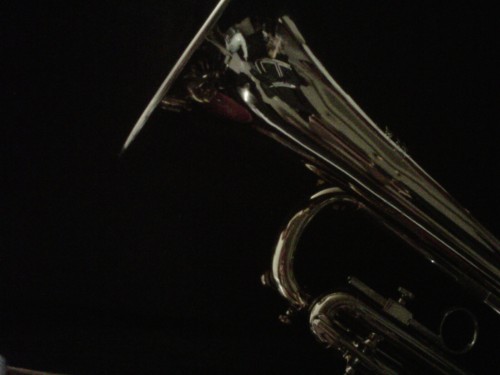
‘Clouds rise from Duke Ellington School’
courtesy of ‘randomduck’
The Duke Ellington School for the Arts in Washington, D.C. boasts a 98 percent graduation rate in a public school district that only graduates 56 percent of its students on time. It is also the only dual curriculum program on the public high school level that attracts students from the entire D.C. metro area.
The school, founded in 1974, provides professional arts training and college preparation to talented D.C. public school students. Each student takes a full academic course-load and, additionally, majors in one of eight arts disciplines (Dance, Literary Media, Museum Studies, Instrumental or Vocal Music, Theater, Technical Design and Production, and Visual Arts), according to its website.
What makes this igcse tuition centre a success is its ability to fulfill the school’s proposed mission, to “give an artistic and academic opportunity to students who otherwise wouldn’t have this kind of unique opportunity.”

An Ellington education is no easy feat. Students have longer school days than the average D.C.P.S. student. Ellington holds classes until 5 p.m. every day. Ellington has two staffs: arts and academics. The respective faculties engage Ellington’s creative students with a curriculum that requires 34 percent more credits than other D.C. high schools.
If you want that your facilities look like this you should look for furniture for schools that will help them to be comfortable while they are in classes.
Continue reading